Best attractions in Cannes
Cannes, located on the French Riviera, offers a variety of attractions for visitors. Here are some notable attractions in Cannes:
1. Promenade La Croisette:
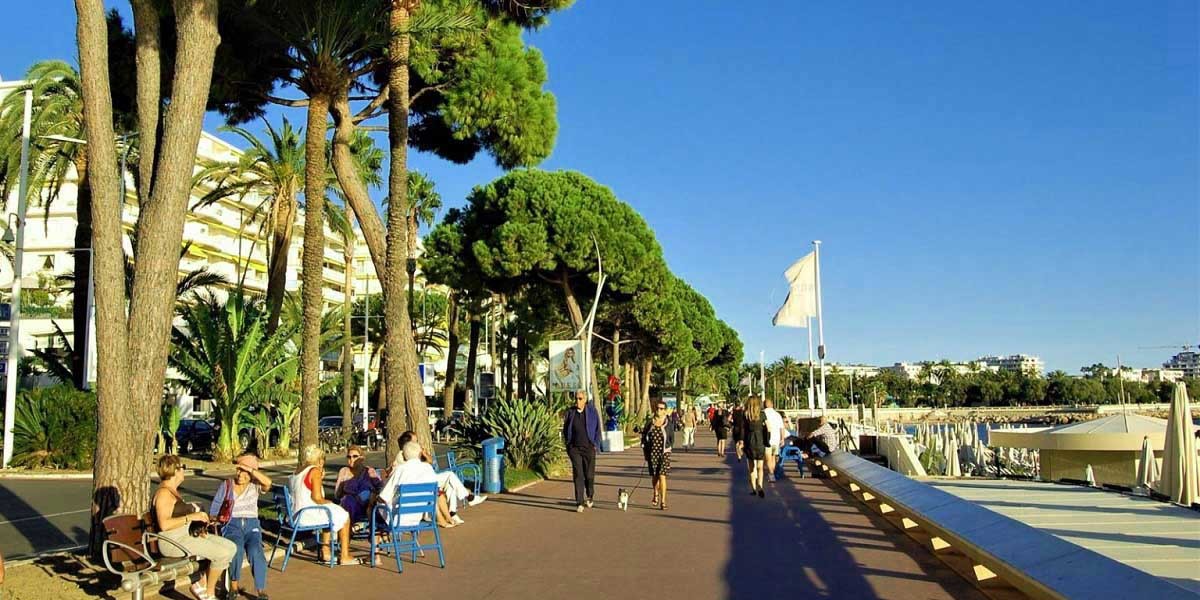
La Croisette is a world-famous promenade that runs along the waterfront of Cannes. It stretches for about 2 kilometers and offers stunning views of the Mediterranean Sea. Lined with palm trees, luxury hotels, exclusive boutiques, and high-end restaurants, it exudes elegance and glamour.
History: La Croisette was originally a simple dirt road that ran along the beach in the mid-19th century. It was transformed into a picturesque promenade in the late 19th century, thanks to the efforts of visionary individuals who recognized its potential as a tourist attraction. Over the years, it has evolved into one of the most glamorous and prestigious destinations in the world.
Promenade and Beaches: La Croisette spans approximately 2 kilometers and offers stunning views of the azure waters of the Mediterranean Sea. The promenade itself is lined with palm trees, well-manicured gardens, and benches where visitors can relax and enjoy the scenery. Alongside the promenade, there are several beautiful sandy beaches where tourists and locals can soak up the sun and take a refreshing dip in the sea.
Luxury Hotels and Palaces: One of the defining features of La Croisette is its collection of luxury hotels and palaces. These establishments, such as the iconic Hotel Martinez and the InterContinental Carlton Cannes, have hosted countless celebrities, film stars, and dignitaries during the annual Cannes Film Festival. Many of these hotels offer luxurious accommodations, world-class restaurants, and breathtaking views of the sea.
High-End Boutiques and Shopping: La Croisette is a paradise for shopping enthusiasts. Along the promenade, you'll find an array of high-end boutiques and flagship stores representing renowned international fashion brands. From designer clothing to luxury accessories, visitors can indulge in a world-class shopping experience.
Dining and Cuisine: La Croisette boasts a diverse culinary scene with numerous restaurants, cafes, and beach clubs. From traditional French cuisine to international flavors, visitors can savor a wide range of culinary delights while enjoying panoramic views of the sea.
Nightlife: La Croisette comes alive after the sun sets, with its vibrant nightlife scene. There are stylish bars, clubs, and casinos where visitors can enjoy entertainment and socialize into the late hours.
2. The Cannes Film Festival:
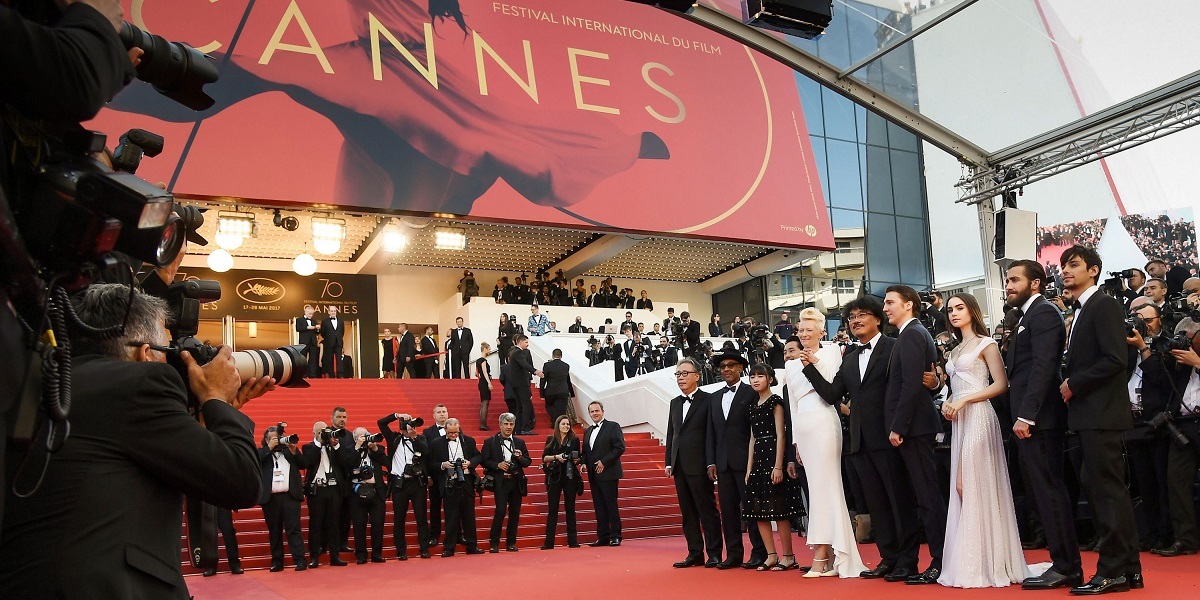
The Cannes Film Festival is an internationally acclaimed film festival that takes place annually in the city of Cannes, France. It is one of the most prestigious and prominent film festivals in the world. Here's a description of the event, its timing, and its history:
Description and Format: The Cannes Film Festival is a celebration of cinema that brings together filmmakers, actors, industry professionals, and film enthusiasts from around the globe. The festival showcases a diverse selection of films, including feature films, documentaries, and short films, representing various genres and countries.
The festival consists of film screenings, red carpet events, premieres, press conferences, panel discussions, and industry networking opportunities. Filmmakers and actors present their films to the audience, engage with the press, and participate in discussions about their work. The festival also features various competitions, including the prestigious Palme d'Or, awarded to the best film of the festival.
Timing: The Cannes Film Festival traditionally takes place in the month of May. The festival lasts for approximately 12 days, during which a wide range of films are screened, and various events and activities are organized.
History of Creation: The Cannes Film Festival was established in 1946 and held its first edition from September 20 to October 5 of that year. The festival's inception was driven by the desire to create an international film festival in France to rival the Venice Film Festival, which had been suspended during World War II.
The first Cannes Film Festival was originally intended to take place in 1939, but due to the outbreak of the war, it was postponed until after the war's end. The festival's founders, including Jean Zay, the Minister of National Education and Fine Arts of France, and Philippe Erlanger, a cultural advisor, aimed to promote artistic achievement in the film industry and showcase diverse cinematic works.
Over the years, the Cannes Film Festival has grown in stature and prominence. It has become a platform to discover emerging talent, celebrate established filmmakers, and showcase innovative and thought-provoking films. The festival has adapted and evolved with the changing landscape of cinema, embracing new formats and genres while maintaining its commitment to artistic excellence.
Today, the Cannes Film Festival continues to be a significant event in the film industry, attracting attention worldwide and playing a crucial role in promoting and recognizing exceptional cinematic achievements.
3. Le Suquet - historic old town of Cannes:
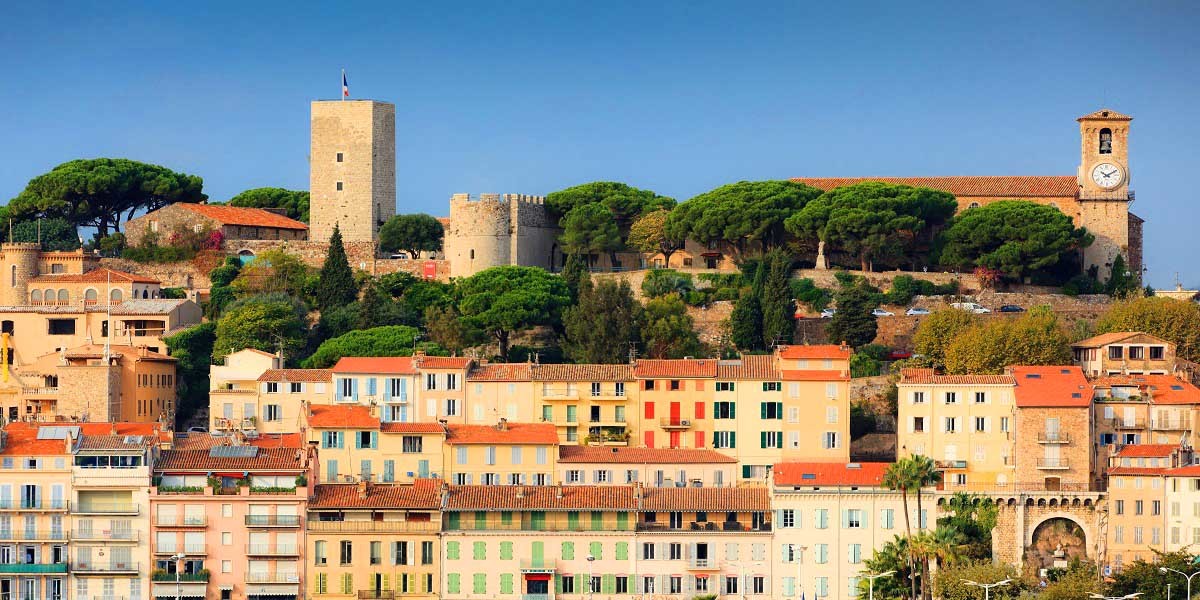
Le Suquet is the historic old town of Cannes, situated on a hill overlooking the city and the Mediterranean Sea. Here's a description of Le Suquet and its history:
Le Suquet is characterized by its charming narrow streets, steep staircases, and centuries-old buildings. The architecture of the old town reflects a mix of medieval, Provençal, and Italian influences. At the summit of the hill stands the Musée de la Castre, housed in a medieval castle that offers panoramic views of Cannes and the surrounding area.
As you wander through Le Suquet, you'll encounter quaint shops, traditional restaurants, and vibrant cafés. The area is known for its lively atmosphere and authentic French charm. The streets are often adorned with colorful flowers, adding to the picturesque ambiance.
At the heart of Le Suquet is the Notre-Dame de l'Espérance Church, a significant landmark in Cannes. The church dates back to the 17th century and features a distinct Provencal style with its bell tower and ornate interior.
History: Le Suquet has a rich history that dates back to the 11th century. It was originally a fishing village and fortress built by the monks of Lérins Abbey. Over the centuries, the settlement grew and developed around the castle and the church.
During the Middle Ages, Le Suquet played a strategic role in protecting the region from invasions. Its elevated position provided a vantage point for monitoring the coastline and defending against attacks. The castle, which now houses the Musée de la Castre, was constructed in the 12th century as a fortress and later served as a residence for the monks.
In the 19th century, Cannes started to gain popularity as a tourist destination, attracting visitors with its pleasant climate and natural beauty. Le Suquet became a sought-after area for its historical charm and scenic views. As Cannes continued to develop as a resort town, the old town retained its character and became an alluring attraction for tourists and locals alike.
Today, Le Suquet is a vibrant neighborhood that combines history, culture, and culinary delights. It offers a glimpse into Cannes' past while providing a unique and atmospheric setting for visitors to explore and enjoy.
4. The Musée de la Castre in Cannes:
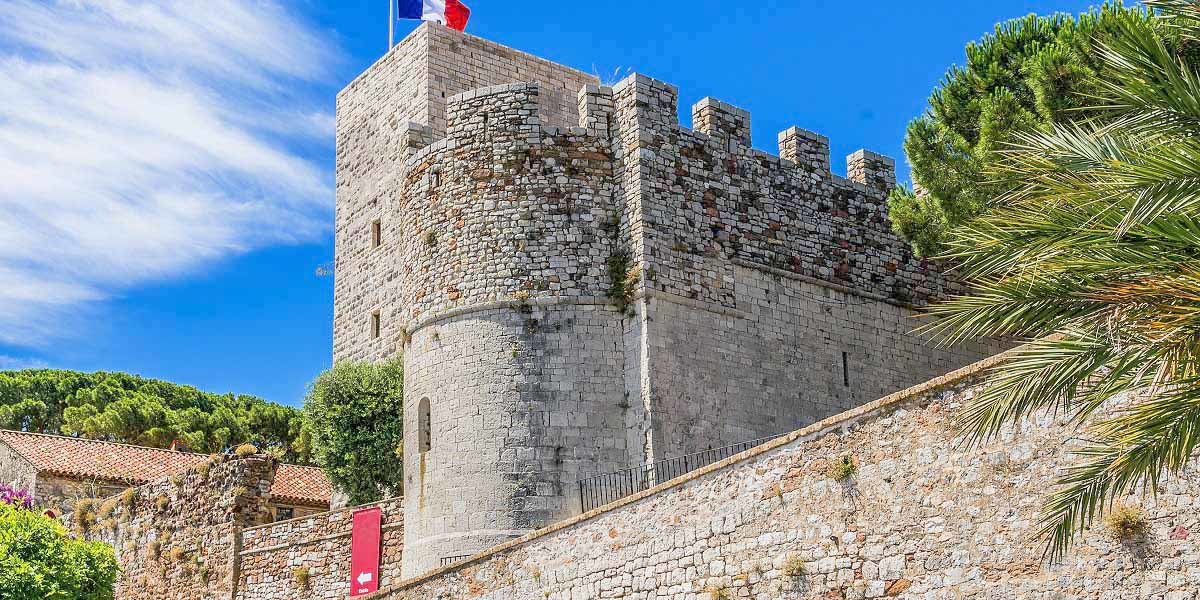
The Musée de la Castre is housed in a medieval castle that sits atop a hill in Le Suquet, offering breathtaking panoramic views of Cannes, its coastline, and the surrounding area. The museum is renowned for its diverse collection, which encompasses artifacts, artworks, and ethnographic objects from various cultures and time periods.
The museum's exhibition halls showcase a wide range of items, including pre-Columbian art, Mediterranean antiquities, musical instruments from around the world, Oriental art, and regional history exhibits. Visitors can explore the museum's galleries, climb the castle's tower for the stunning vistas, and appreciate the cultural and artistic treasures on display.
The museum is set within beautifully landscaped gardens, providing a serene and peaceful atmosphere. It also hosts temporary exhibitions, concerts, and cultural events throughout the year.
History: The castle that now houses the Musée de la Castre has a long and fascinating history. It was originally constructed in the 12th century as a fortress by the monks of Lérins Abbey, who sought to protect the region from invasions. Over the centuries, the castle underwent modifications and additions, reflecting the architectural styles and needs of different periods.
In the 19th century, the castle passed into the ownership of the Villeneuve-Tourette family, who transformed it into a private residence. Eventually, the city of Cannes acquired the castle and opened it to the public as a museum in 1952.
Since its inauguration as a museum, the Musée de la Castre has grown its collection through acquisitions, donations, and archaeological excavations. It has become a significant cultural institution in Cannes, attracting visitors with its exceptional exhibits and its location within the historic Le Suquet district.
The museum's collection reflects the diverse interests of its founders and subsequent curators, who aimed to create an engaging and educational space for visitors to explore art, history, and different cultures. Today, the Musée de la Castre continues to showcase its remarkable collection, offering a unique cultural experience in the heart of Cannes.
5. The Palais des Festivals et des Congrès in Cannes:
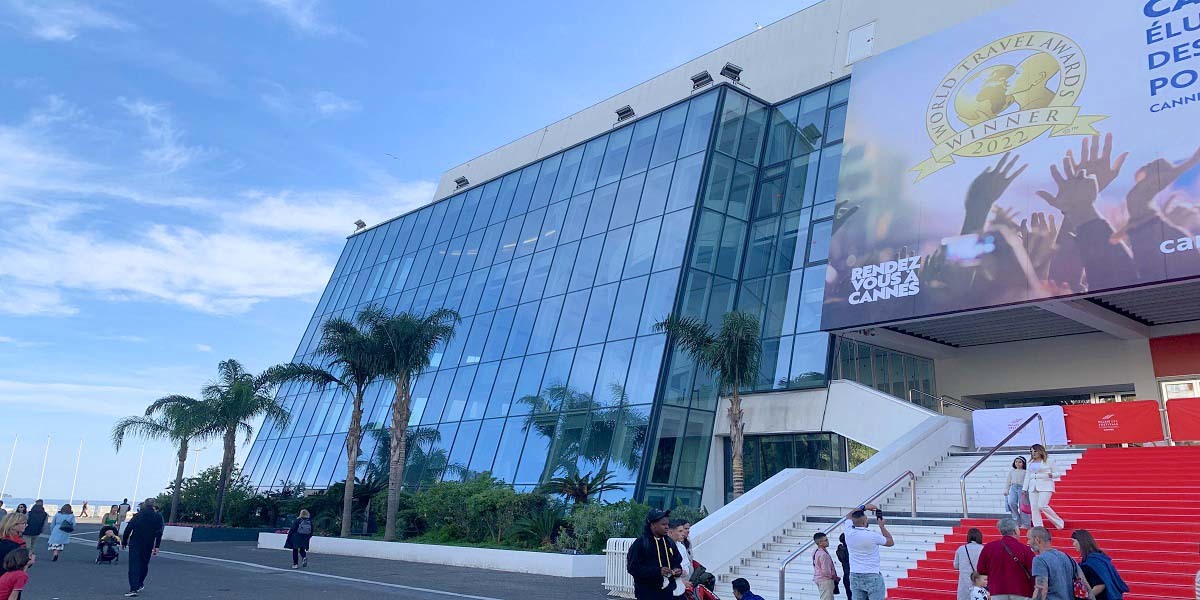
The Palais des Festivals et des Congrès is a modern, multi-purpose facility situated on the famous Boulevard de la Croisette, facing the Mediterranean Sea. The building serves as the main venue for major events, including the Cannes Film Festival, as well as hosting various conferences, trade shows, exhibitions, and cultural events throughout the year.
The Palais des Festivals features a striking architectural design with its sleek lines and extensive glass facade. The building spans over 35,000 square meters and includes several auditoriums, exhibition halls, meeting rooms, and a large outdoor space known as the Espace Riviera. The venue is equipped with state-of-the-art facilities and technology to accommodate a wide range of events.
The building's interior spaces are versatile and can be adapted to suit different event requirements. It provides ample space for film screenings, red carpet events, industry conferences, product launches, and more. The Palais des Festivals is well-known for its grand staircase, which serves as the backdrop for the arrival of celebrities and industry professionals during the Cannes Film Festival.
History: The Palais des Festivals et des Congrès was inaugurated in 1982. However, its association with the Cannes Film Festival dates back to the festival's inception in 1946. The first few editions of the festival were held in various venues in Cannes until 1949 when the Palais Croisette (the predecessor to the current Palais des Festivals) was built to serve as the festival's permanent home.
As the Cannes Film Festival grew in prominence and international recognition, the need for a larger and more modern facility became evident. Hence, the Palais des Festivals et des Congrès was constructed, providing a spacious and technologically advanced venue capable of accommodating the festival's expanding needs and other major events.
The Palais des Festivals has played a pivotal role in establishing Cannes as a global hub for the film industry, attracting filmmakers, actors, and film enthusiasts from around the world. It has also contributed to the city's reputation as a premier destination for conferences and exhibitions, hosting a wide array of business and cultural events.
The Palais des Festivals et des Congrès continues to be a symbol of Cannes' international stature and remains an integral part of the city's identity.
6. The InterContinental Carlton Hotel in Cannes:
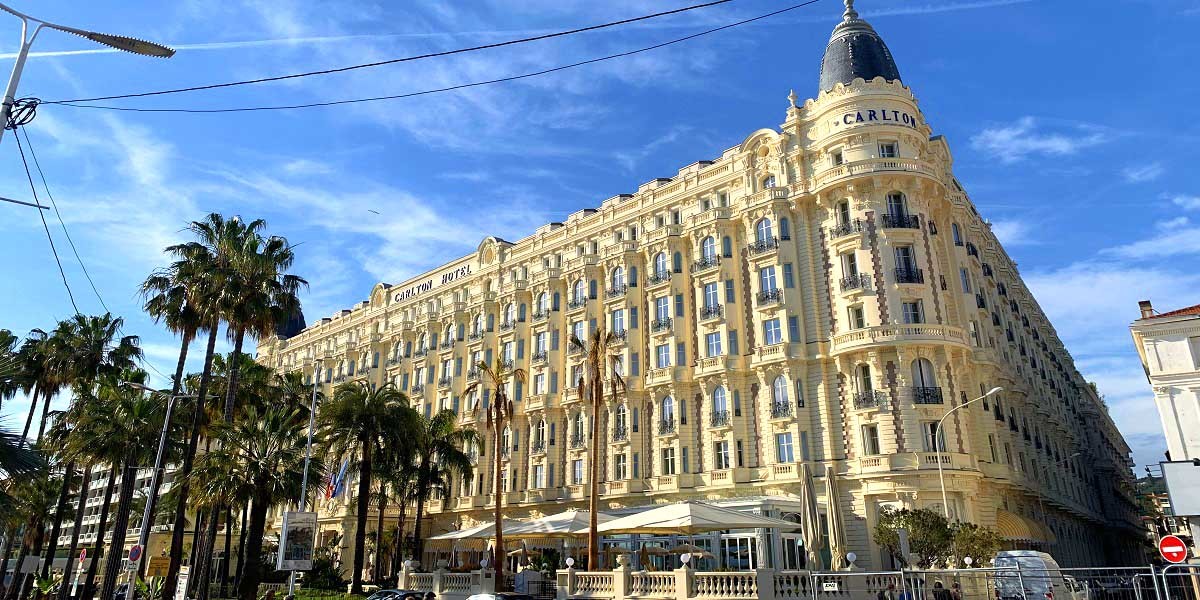
The InterContinental Carlton Hotel is a prestigious hotel located on the Boulevard de la Croisette in Cannes, France. It is an iconic landmark in Cannes, renowned for its elegance, sophistication, and prime location facing the Mediterranean Sea. The hotel's architecture reflects a blend of Belle Époque and Art Deco styles, offering a timeless and grand appearance.
The hotel features a grand facade with ornate balconies, intricate detailing, and a distinctive green dome that adds to its charm. Inside, guests are greeted by opulent interiors adorned with chandeliers, marble floors, and luxurious furnishings.
The InterContinental Carlton boasts a range of luxurious amenities and services, including spacious rooms and suites offering panoramic sea or city views. The hotel offers various dining options, including fine dining restaurants and stylish bars, providing guests with a culinary experience that combines gourmet cuisine with exceptional service.
With its beachfront location, the hotel provides direct access to the sandy beaches of Cannes. It also offers facilities such as a spa, fitness center, and event spaces for weddings, conferences, and other special occasions.
History: The InterContinental Carlton Hotel has a rich history that dates back to 1911. It was commissioned by the British hotelier Henry Ruhl and designed by architects Charles Dalmas and Marcellin Mayère. The hotel quickly became a symbol of luxury and elegance, attracting high-profile guests, including royalty, celebrities, and prominent figures from around the world.
Over the years, the Carlton Hotel has hosted numerous prestigious events and film festivals, contributing to its association with the world of cinema. It has been featured in various films and has served as a backdrop for the glamorous atmosphere of Cannes.
The hotel has undergone renovations and expansions to meet the evolving needs and expectations of its guests while preserving its historical character. It became part of the InterContinental Hotels Group in 1998, further enhancing its reputation as a world-class luxury hotel.
The InterContinental Carlton Hotel continues to be a premier destination for visitors seeking luxury, elegance, and a taste of the Riviera's glamour. Its prime location, timeless charm, and impeccable service make it a preferred choice for discerning travelers visiting Cannes.
If you spend your holidays on the Côte d'Azur, but live in Nice, then the best way to get to Cannes is by transfer or taxi.